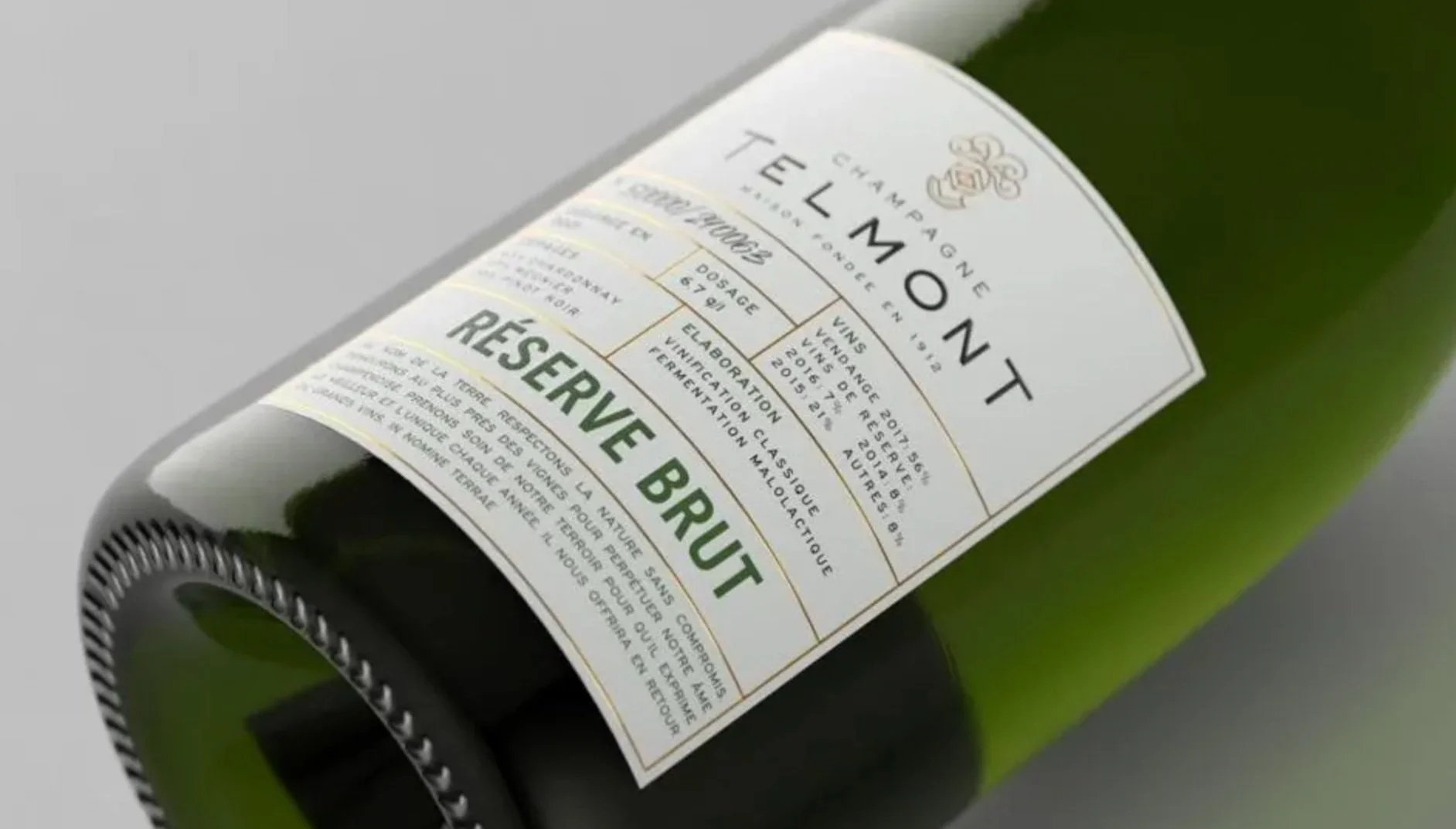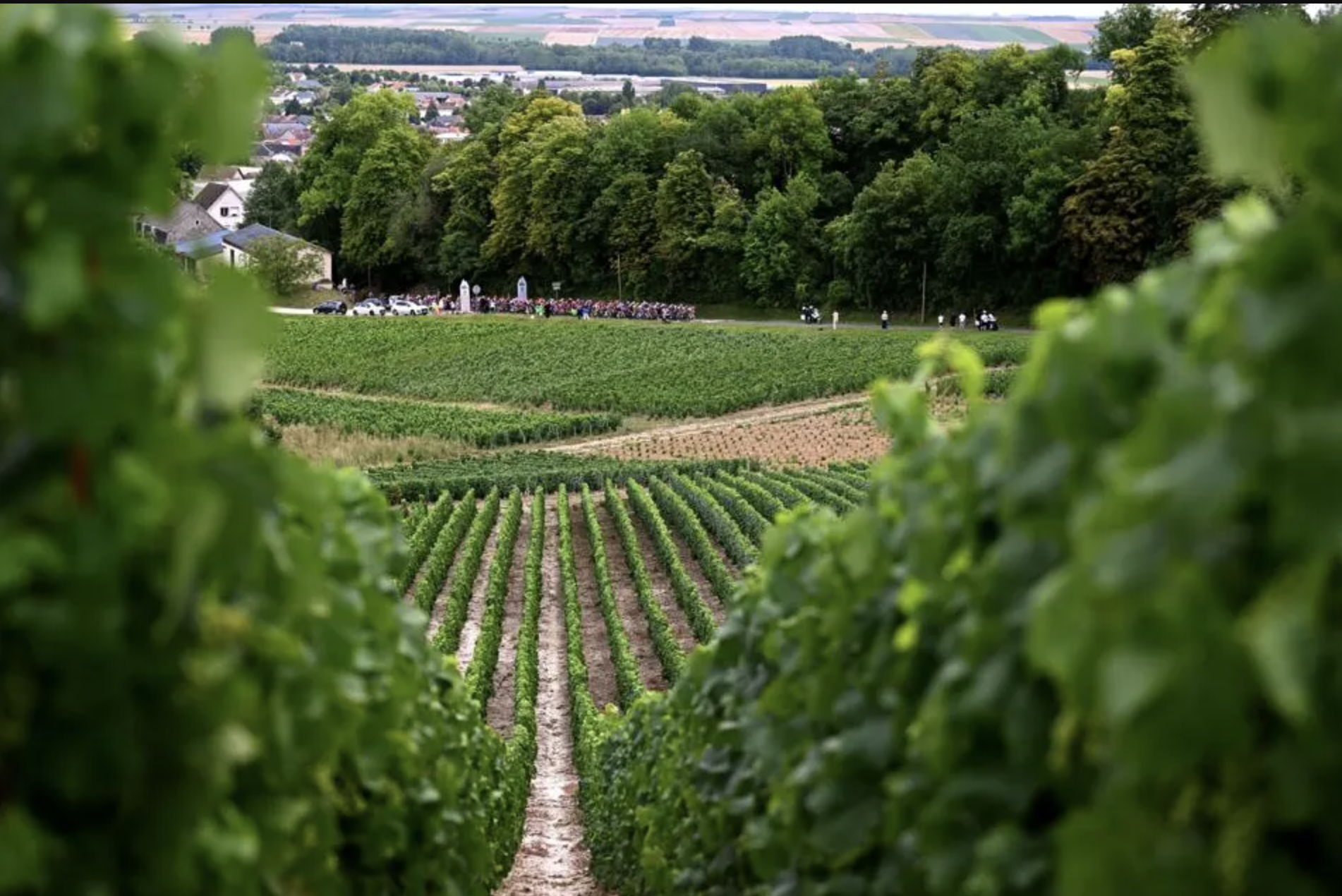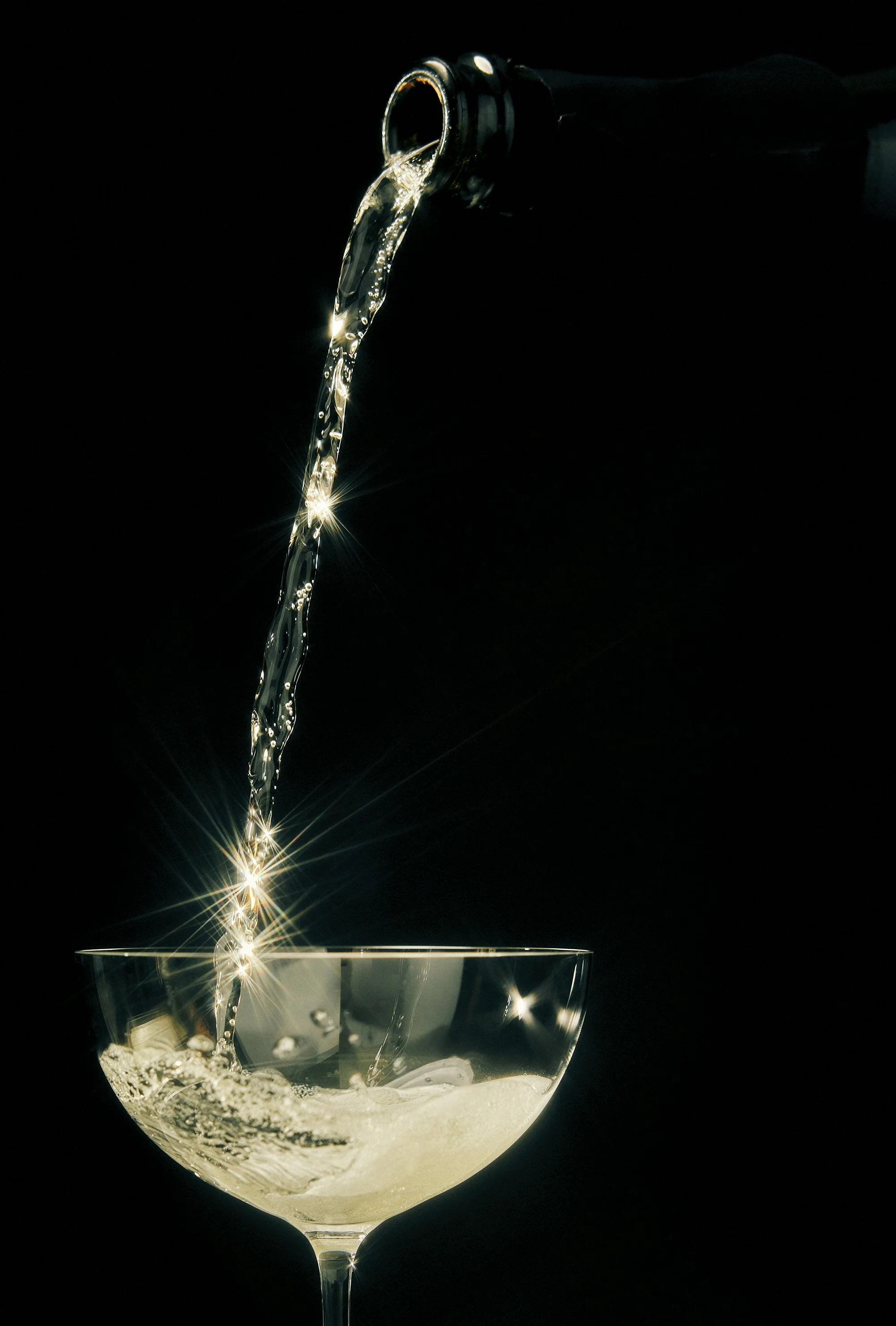Why Champagne Telmont Is Skipping The Fancy Gift Box This Holiday Season
Sept. 30, 2022: Originally published in Forbes.
The holiday swirl means big business for luxury brands, who spend all year planning for the decadent wrapping and glitzy packaging that has come to define the modern gift box. But one luxury Champagne brand is consciously side-stepping all the fuss, with a mandate to eliminate needless gift boxes, as part of its mission to make sustainable practices more commonplace.
Champagne house Telmont, which counts spirits conglomerate Remy Cointreau and actor-turned-climate activist Leonardo DiCaprio among its partners, is over one hundred years old and is now incorporating sustainability into as many parts of its business model as it can. Veteran luxury spirits executive Ludovic du Plessis invested in the family-owned house three years ago and now serves as president and CEO. Under du Plessis, the brand is as focused on making wine as it is on reducing its carbon footprint.
The lack of special gift boxes, a big zig away from its peers’ holiday collections, is one of Telmont’s more visible gestures.
The “no gift boxes” initiative is actually over a year old, having debuted last June 2021, alongside other strategies, including switching from clear glass bottles (that have no recycled glass) to testing an ambitious plan to reduce the weight of their glass bottles, and therefore reducing shipping costs and carbon footprint.
“It’s a common sense decision,” du Plessis, Telmont CEO and president, says about removing the gift boxes. “I cannot see another way of doing it.”
“You look at your carbon footprint and you say, do we need these gift boxes?,” he says. By eliminating fussy wrapping, the carbon impact of each bottle was reduced by 8%.
Du Plessis didn’t make the no-gift-box move lightly. “I’m coming from the luxury business, so I know that gift boxes are important,” he says. “It looks like quality, refinement.”
But he notes, what’s the point of wrapping that will just end up being thrown away? Telmont’s bottles are set out in retail stores unadorned and if ordered online, arrive in a standard delivery box. “The best packaging is no packaging. Do we need it?,” du Plessis asks. “We make Champagne, we don’t make gift boxes. We need to reduce our footprint. Do not choose a gift box and make a gift for the planet.”
The brand, by the way, offers a range of sparklers, including a non-vintage, a reserve rose, and a blanc de blancs.
Du Plessis notes that sales from last holiday season were not hurt by the lack of gift packaging. The lack of packaging may even be generating its own buzz, with du Plessis citing positive feedback he’s gotten from retailers, sommeliers and consumers. “The impact of the sales last Oct., Nov., Dec. – the sales keep growing,” he says. “No impact at all.”
Du Plessis acknowledges that his project is one house among many but there are signs that the rest of the industry is catching on. Rival Ruinart, for example, has debuted a sustainable, recyclable ‘Second Skin’ packaging, and like Telmont, now only transports bottles by sea and not air.
“The other companies will make that move [to more sustainable packaging] when they can,” du Plessis says. “It’s tough to change, so I’m not criticizing anybody. Everyone will follow their path. But I think there is a snowball effect [towards sustainability] in the Champagne industry. I can feel it.”







